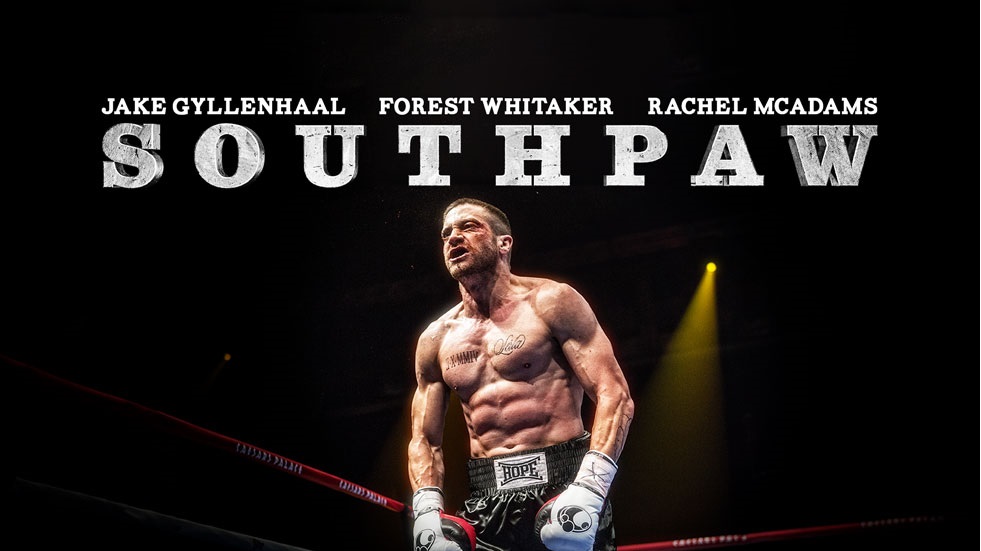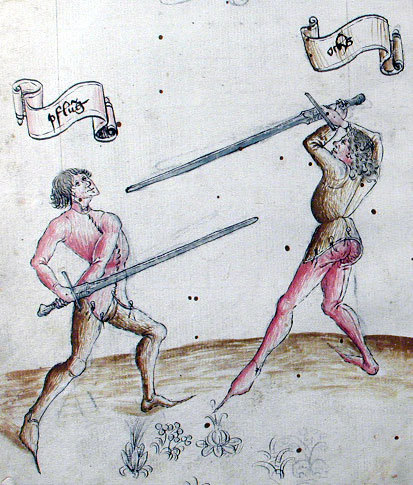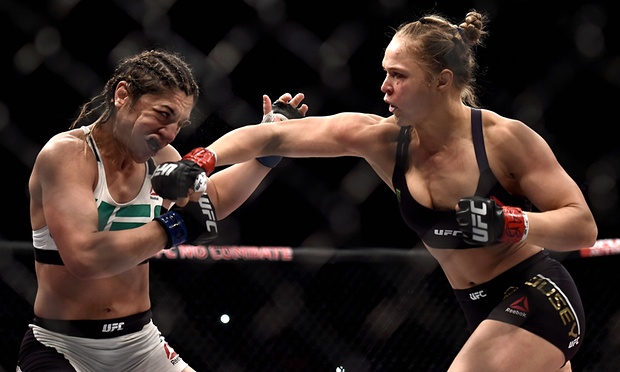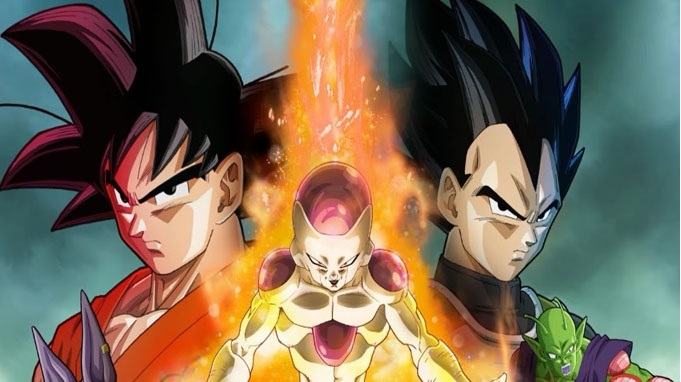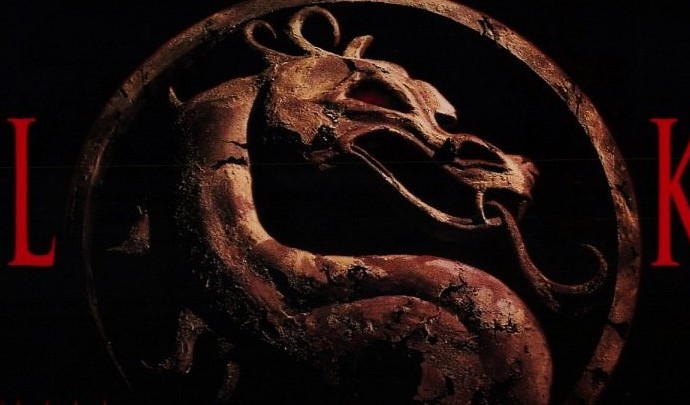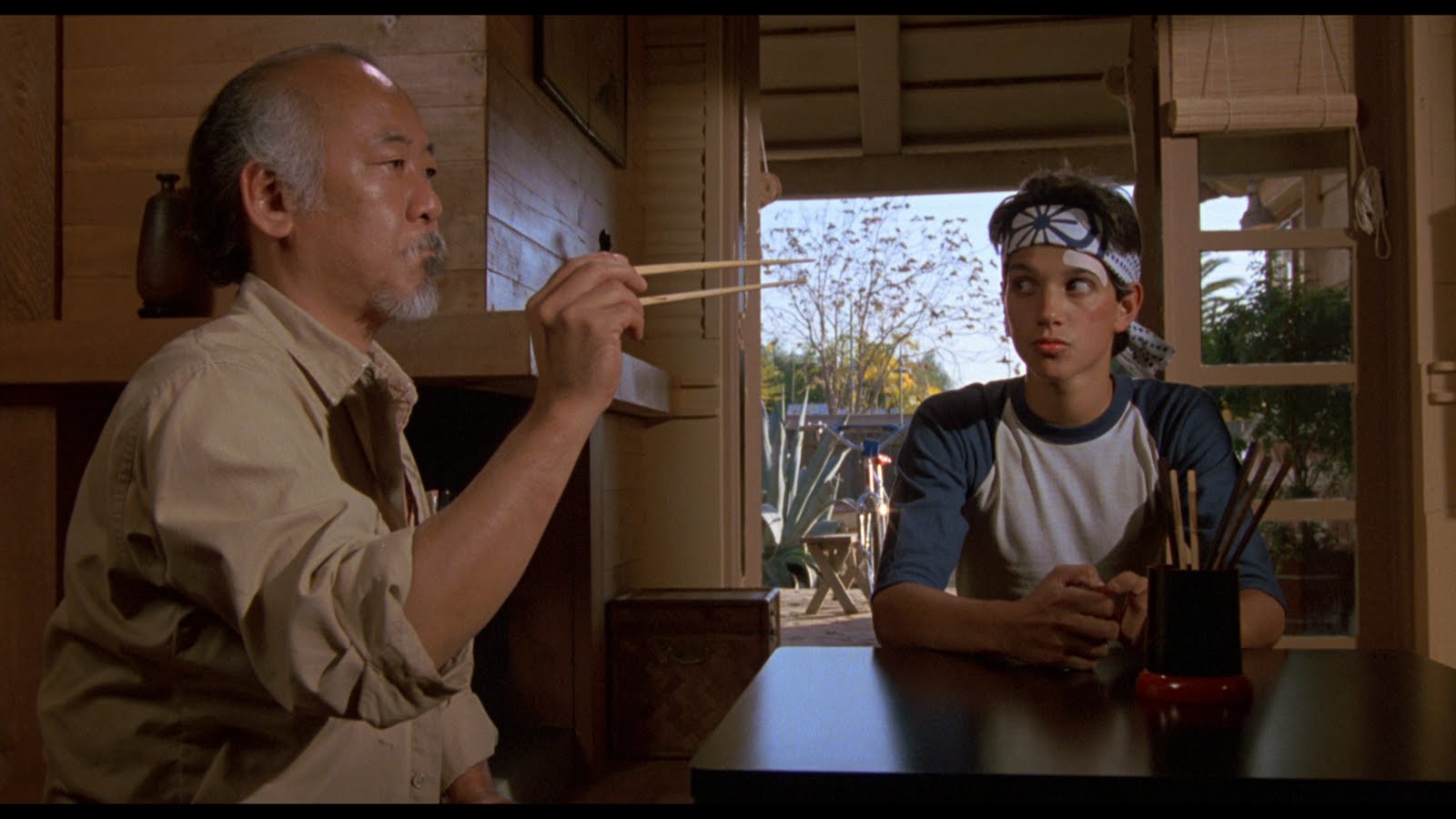
A reader recently reminded me of a huge issue that we face today in the martial arts community: for dozens of years American martial artists have viewed martial arts with an almost religious fervor. Without ever testing their skills, these martial artists take on faith that their art will save them in a life or death situation.
It is as if martial arts occupies a strange realm where the normal rules of physical training no longer apply.
Want to be the best football player? You need to train your ass off. Want to be one of the world’s best martial artists? Somehow it is believable that you have a beer belly and are winded climbing the stairs. What is it about martial arts that seems to brings people into the realm of faith and quasi-religion?
Martial Myths:
People are taught to think all their lives that martial arts are some how different from other physical endeavors. In nearly all forms of media martial arts are equated with the mystical. They have lineages that span thousands of years, they have secret knowledge that only masters are allowed to have, and if you keep at it and demonstrate your faith and loyalty to the art for twenty years they will pass on this knowledge to you. Then, you will be able to defeat 100 men.
Martial Arts as we understand them in the west are all about the occult. They are all about hidden knowledge. They are about secrecy.

This long-standing tradition leads us to where we stand now – with a firm divide between “Traditional” Martial Arts (TMA) and “Sport” Martial Arts (SMA). This divide is complicated by the fact that both sides preach absurdities. This false dichotomy leaves us with only two choices but when you step back you will quickly realize that the truth lies somewhere in between.
An Argument for Sport:
TMA advocates claim that SMA practitioners are not prepared for a “real fight” because they don’t train for eye-gauges or kicks to the crotch. The most common response to this is that these types of techniques are very easily executed by anyone who has a basic understanding of martial arts. Any sportist or even any average untrained person will be able to do these types of strategies without much training. (While I agree with this to a degree, even the best MMA practitioner may not think in the moment to use a kick to the groin, because it is a tool they are not used to using.)
By allowing for all out competition, every technique is tested at the highest level resulting in only the best techniques surviving. Furthermore, the techniques that are safe enough in the cage can be scaled up or down in force to meet the needs of the conflict. This capability is necessary for the everyday conflicts that may arise in life. The guy who can’t win an MMA fight because “his techniques are too deadly” will also not be able to subdue his friend who is drunk and trying to start a fight (a scenario that any high-school level wrestler could handle with ease).

Essentially what we are left with is this: when TMAs compete in sport they generally lose and any TMA tactics that are effective in sport are quickly adopted by the sport community. To justify the loss many TMAs claim that the rules prevent dirty fighting. If we then consider that many of these dirty techniques are some of the most basic to learn, TMAs are not left with much of a leg to stand on in terms of effective one-on-one armed combat. But that’s it. One-on-one unarmed combat – nothing more; at least not yet.
An Argument for Traditional Martial Arts:
SMA advocates claim that TMAs are dangerous because they teach a false sense of security. They claim that weapon defenses, for example, are only marginally successful at best and at worst they could get you killed. This perspective is highly based off of the sportive mindset in which both participants are evenly matched. There is a lot of wisdom to this, but at the same time, there is no reason to believe that a trained practitioner couldn’t be successful against an untrained assailant with a weapon.

In a lot of ways the sportists are viewing armed combat in the same way the the general public views unarmed combat. It becomes a mythical separate type of physical endeavor where the normal rules of training no longer apply. In a rush to defend MMA and other SMAs, the sportist attempts to attribute just a bit too much value to sport and take away just a bit too much from the traditional.
The thing is, with the exception of a few revolutionary rulesets, most popular sports do not even acknowledge the possibility of skill in the world of armed or team-based combat. The few that do (Kendo and Fencing) are based heavily on points and very rigid rulesets that I won’t claim to understand and may or may not be too far removed from reality to be any longer applicable, and there is a huge amount of validity that rules and armor change the tactics that are viable in martial sports. The question with each sport as it compares to real combat is, “how much is too much?”
In addition to this, many high level TMA techniques are slowly making their way back into SMA. What we are finding is that TMA techniques can be highly effective, practitioners simply needed a real testing ground and a bit of time to rediscover the context of these ancient techniques. Perhaps we are only now re-learning what TMAs really were meant to look like.
Another point that I will have to put off for another article is the very interesting comparisons between the modern use of Yoga and Sports Psychology in martial arts as they compare to the traditional use of Kata and Meditation. For now, let’s just say that there seems to be a striking similarity there, and perhaps there is much more to learn from traditional arts in this realm.
Conclusion:
It seems to me that maybe the answers all do lie within TMAs. Maybe all of the best techniques can be found inside of katas or Wushu forms. I’m not sure, but what’s for certain is that it takes a proving ground to bring those techniques to the surface.
Perhaps the advantage that TMAs do have is the very same thing that leads to their downfall. They believe. They believe that it is possible to defend against weapons. They believe it is possible to fight while outnumbered. They believe in maintaining ancient techniques because they believe that there is value hidden within them. Maybe they aren’t so far off, but from my experience what’s hidden in TMAs isn’t revealed by the master. It is revealed through competition.
Bonus: Bas Rutten on fake martial arts (skip to 2:45 for a story about his encounter with some ninjas)








